HTSI editor’s letter: a portrait of the world in transition
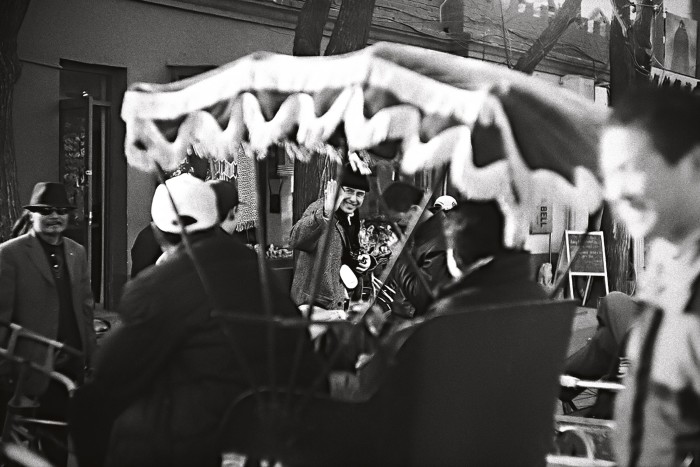
Roula Khalaf, Editor of the FT, selects her favourite stories in this weekly newsletter.
Stories move in funny currents sometimes. I first heard from Patrick Dransfield in October 2017. As an FT reader in Hong Kong, he wrote to me following a column I had written in the wake of the Harvey Weinstein scandal and the rampant sexism that still exists in film. He recommended I should detox with the work of the Japanese director Yasujiro Ozu.
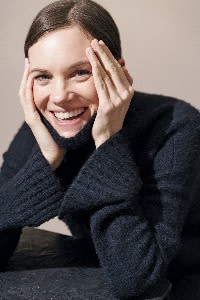
This sort of note is not unusual. Despite the rather faceless exchange of modern technology, I am surprised by how many of the FT’s readers are kind enough to email me their various recommendations and thoughts. One chap sends me updates of his paintings. Another used to regularly share pictures of his Alpine views. Not everyone is so generous with their opinions, but even when the criticism is biting, I find it heartening that anyone should still feel passionate enough to write.
Patrick and I picked up a sporadic correspondence. But my interest was really piqued when he sent me a picture taken many years ago while he was working as a junior teacher in Beijing. The photo was of two young boys in Shanxi province dressed in worker jackets. It could have been taken 50 years earlier than 1986. As Patrick’s note observed: “It has been fascinating to see folk move from the above uniform to developing a sense of individual fashion with all that that entails.”
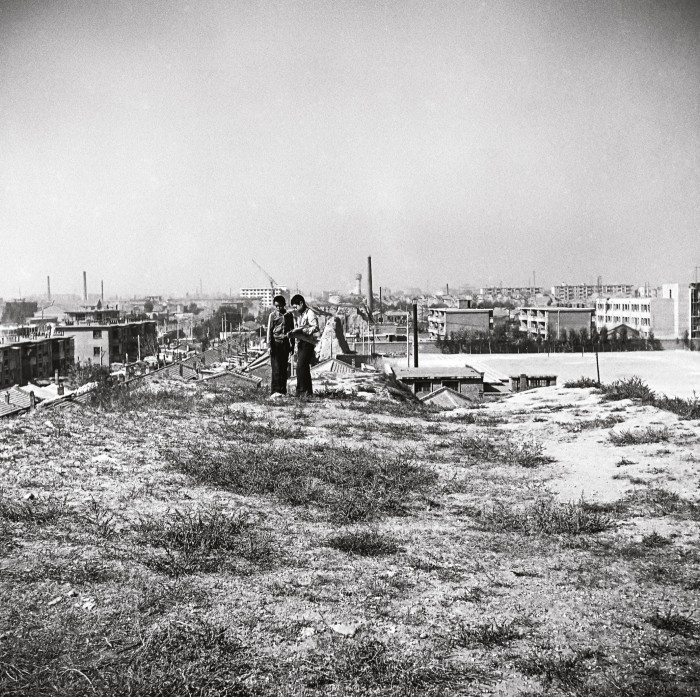
Struck by this snapshot of a near-forgotten China, captured just 10 years after the end of the Cultural Revolution and on the cusp of massive redevelopment and infrastructural change, I wondered if he had further images of this society in transition. Bags of them, he assured me, most of which he hadn’t touched in the decades in between. When he had a chance to look through them, he’d send me what he had.
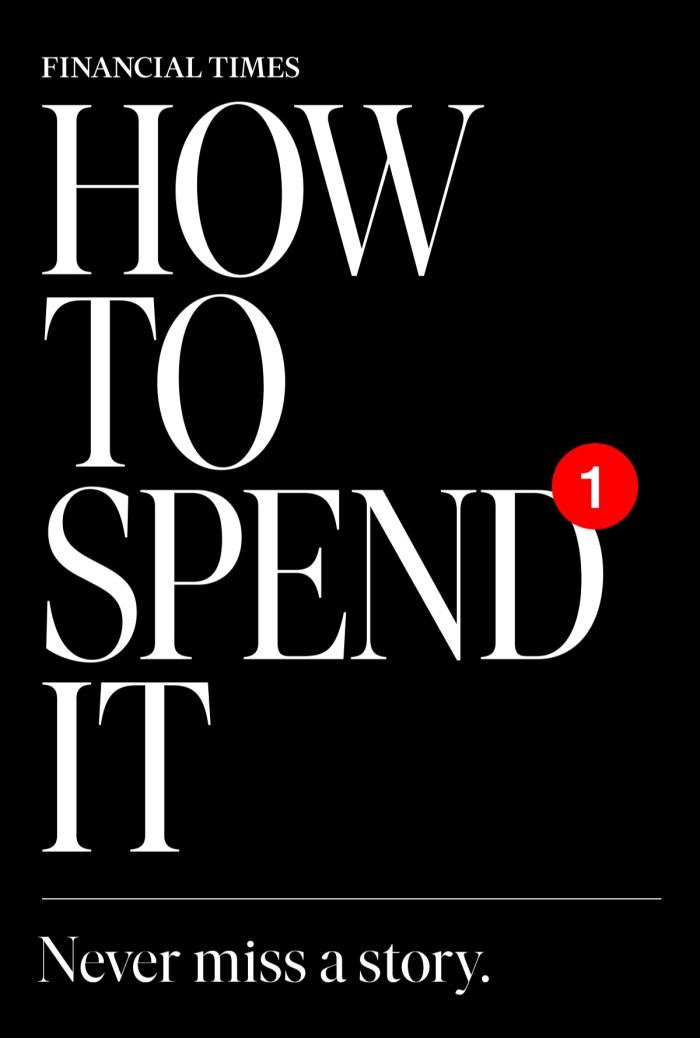
Sign up for our newsletter and get the best of the magazine straight into your inbox.
Three years, several emails and one pandemic later, Patrick’s hoard has finally made it into HTSI. “My Beijing Spring” traces his observations as a young but enthusiastic amateur photographer, and offers a fascinating portrait of a way of life that has since immeasurably changed: the villages have been razed and rebuilt as hubs of technological endeavour, designer logos have replaced the worker jacket as the consumer market for luxury goods in China has outpaced all other regions in the world. The pictures are currently on show at The Foreign Correspondents’ Club in Hong Kong, and I hope that they might find their way into a book.
Escaping to the past is one of the more diverting ways to duck the onslaught of news headlines. This issue, however, offers more concrete means to get away. In our property special, Ruth Bloomfield has rounded up the most remote, remarkable and ravishing places on the market, and found boltholes the world over, from Lake Wakatipu in New Zealand to Wyoming’s Jackson Hole (“Leap Year”).
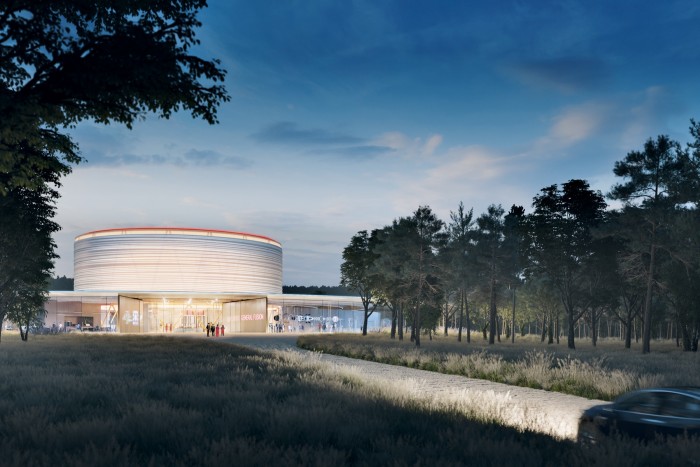
But while my instinct when faced with the world’s problems is to err towards the flight school of behaviours, thankfully there are others who want to find solutions for our woes. When I met Amanda Levete at a dinner just before we went into lockdown, I was so excited by the sound of all her projects I sent a fan-girl email to her the morning after in the hope that she would share her insights once again. In “Architecture Touches on What it is to be Human”, the Stirling Prize-winning British architect talks about her plans to house one of the world’s first nuclear-fusion facilities for the Canadian clean-energy firm General Fusion, a first residential project – and her early experiments to produce transparent wood.
As with many architects, Amanda asks the question of how a building, or environment, can best serve the people in it. And around it. As a guide for how to spend it well, I can think of few others better placed.
Comments